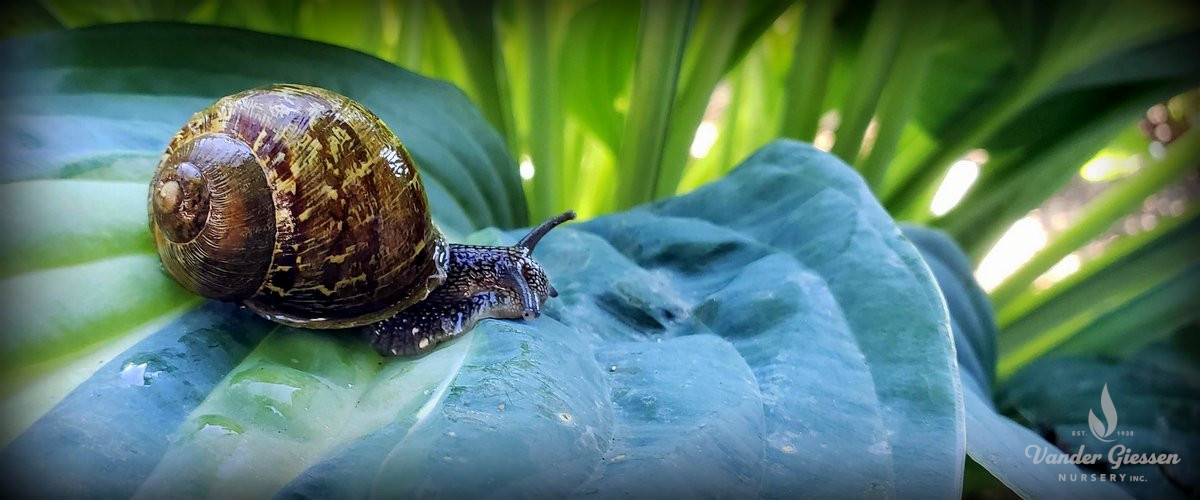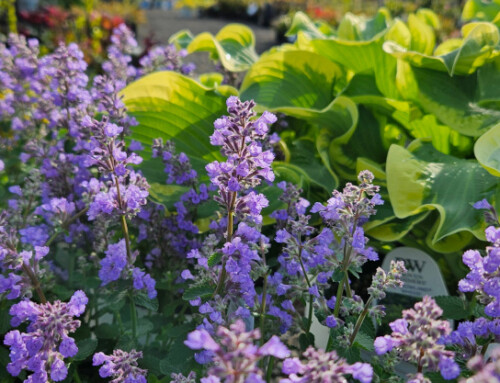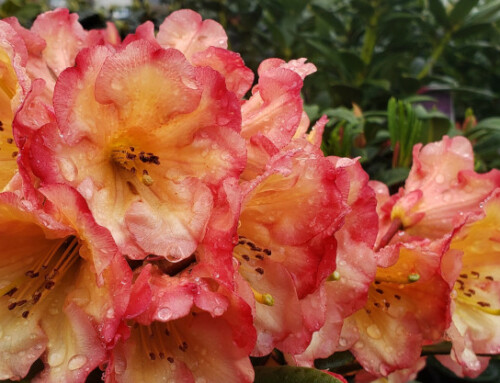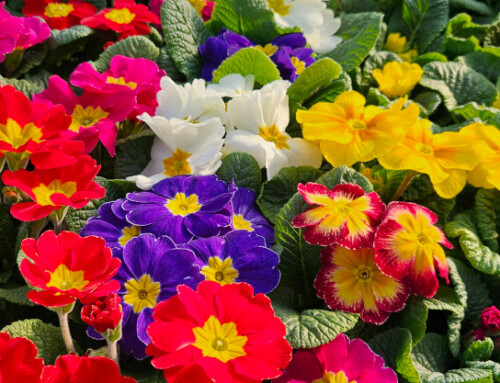To say that this year has been unusual is in so many areas of life an understatement. And although the cool, damp weather we’ve had the last several weeks seems unusual, it’s not unprecedented—after all, Washingtonians are the ones who coined terms like “June gloom” and my favorite, “June-uary.” While the last few years have brought us beautiful weather in June, it’s not uncommon for gloomy weather to hang around until just after Fourth of July celebrations. As you settle in to caring for the plants you’ve planted this spring, here are few items worth addressing around the yard and garden this month.
First, the last month of cool weather has given us more than our fair share of fungus issues. The seemingly constant threat of showers and below-normal temperatures have created ideal conditions for many common fungal issues, and until warm, dry weather returns with any dependability, the problems will continue.
To fix issues with plant diseases, one of my go-to fungus control sprays is Bonide Fungonil, a great all-purpose spray that can safely be used on a wide variety of plants, from trees to roses to vegetables. Great for controlling rust, shothole, mildew, mold and more, Fungonil is an excellent tool for any gardener’s “medicine cabinet.” If organic options are your preferred route, copper fungicide is another great all-purpose disease control spray, and neem oil is effective at eradicating powdery mildew as well as controlling insects.
In addition to plant fungus issues, you may find your lawn is starting to suffer from red thread. This common disease typically shows up when moisture and/or humidity levels are high and temperatures are mild—and this June has been the perfect combination of those factors! Red thread appears as brown blades of grass tinged with pink when viewed up close, and while it doesn’t kill grass, it does make for an unsightly appearance. To correct red thread, apply a nitrogen-rich fertilizer like Scotts Turf Builder, available at Vander Giessen’s. And if it has been six to eight weeks since you last fertilized, your lawn could use a feeding again, anyway! If fertilizing alone doesn’t cure red thread, apply a lawn fungus control product to further aid in stopping the spread of the fungus.
Second, fungus isn’t the only thing working against you in the garden this spring—slugs and snails love the wet weather, too! Whether these mollusks are munching on your hostas, leafy greens or have discovered just how tasty your ripening strawberries are, it’s time to sprinkle some Sluggo around. Unlike many slug and snail killers, Sluggo is organic and entirely pet- and kid-safe. Moreover, I’ve found it to be very effective and long-lasting in my garden and typically only apply it once or twice over the course of the entire growing season with excellent results.
Third, with soil moisture levels high and temperatures mild, it’s still perfect planting weather for most shrubs, trees and perennials. Just keep in mind that as dry summer weather arrives, you’ll need to provide water through the summer to help your plants continue to get established. As the last of the spring-blooming shrubs fade, hydrangeas are great for adding summer blooms to your garden. While many older varieties of hydrangea can be fussy about when they’re pruned—prune at the wrong time of year and you’ll lose your flowers for the coming season—many newer varieties are reblooming, so even if you prune off the coming year’s buds too late in fall or winter kills off the buds, they’ll still rebloom on new growth, just a little later in summer.
One of my favorite newer reblooming hydrangeas is ‘Tuff Stuff,’ which starts with its first round of pink or purple lacecap flowers a few weeks earlier than most hydrangeas and continues to rebloom throughout summer. ‘Invincibelle Ruby,’ a dwarf Annabelle or smooth hydrangea, is a reboomer with pink flowers that will be unaffected by soil pH, so will never turn purple or blue. And finally, ‘Little Lime,’ a dwarf version of the hugely-popular ‘Limelight,’ while not technically a rebloomer, blooms with lime-green cone-shaped flowers on new growth, so it can be pruned in fall or early spring without sacrificing any blooms.
With summer just around the corner, June-uary will soon be in the rearview mirror and we can look forward to warmer, drier days. In the meantime, enjoy all the free watering!








Leave A Comment